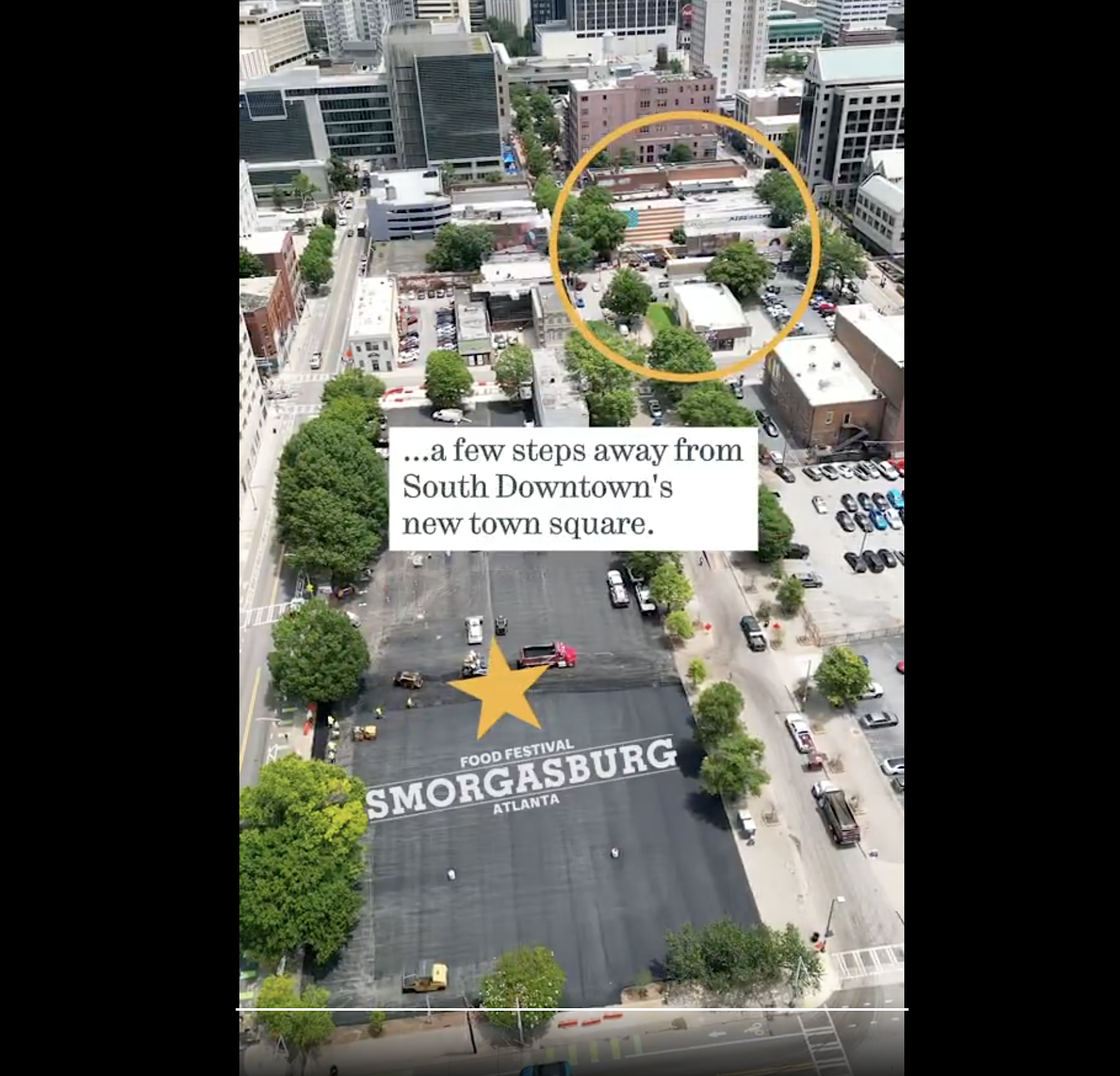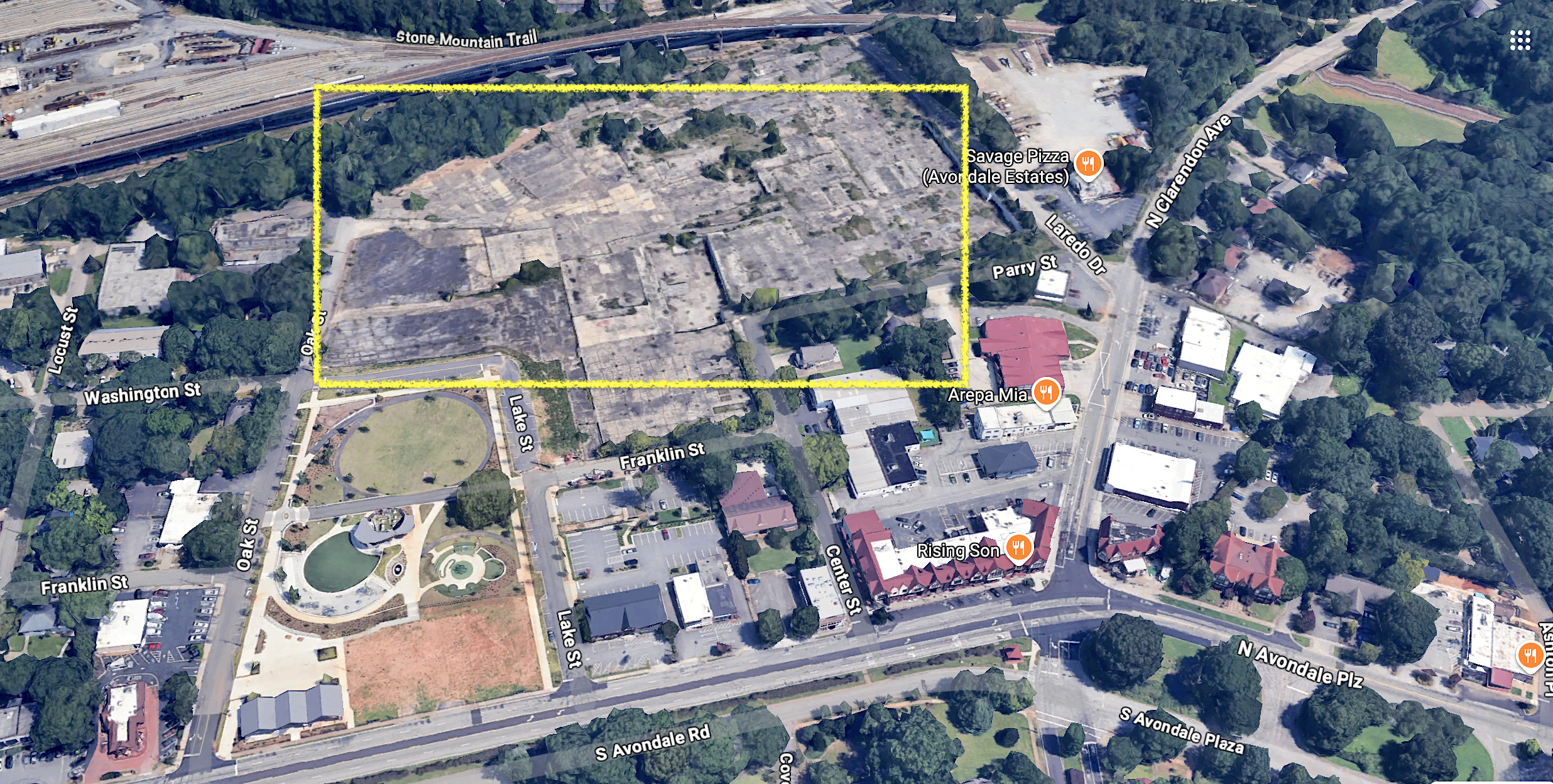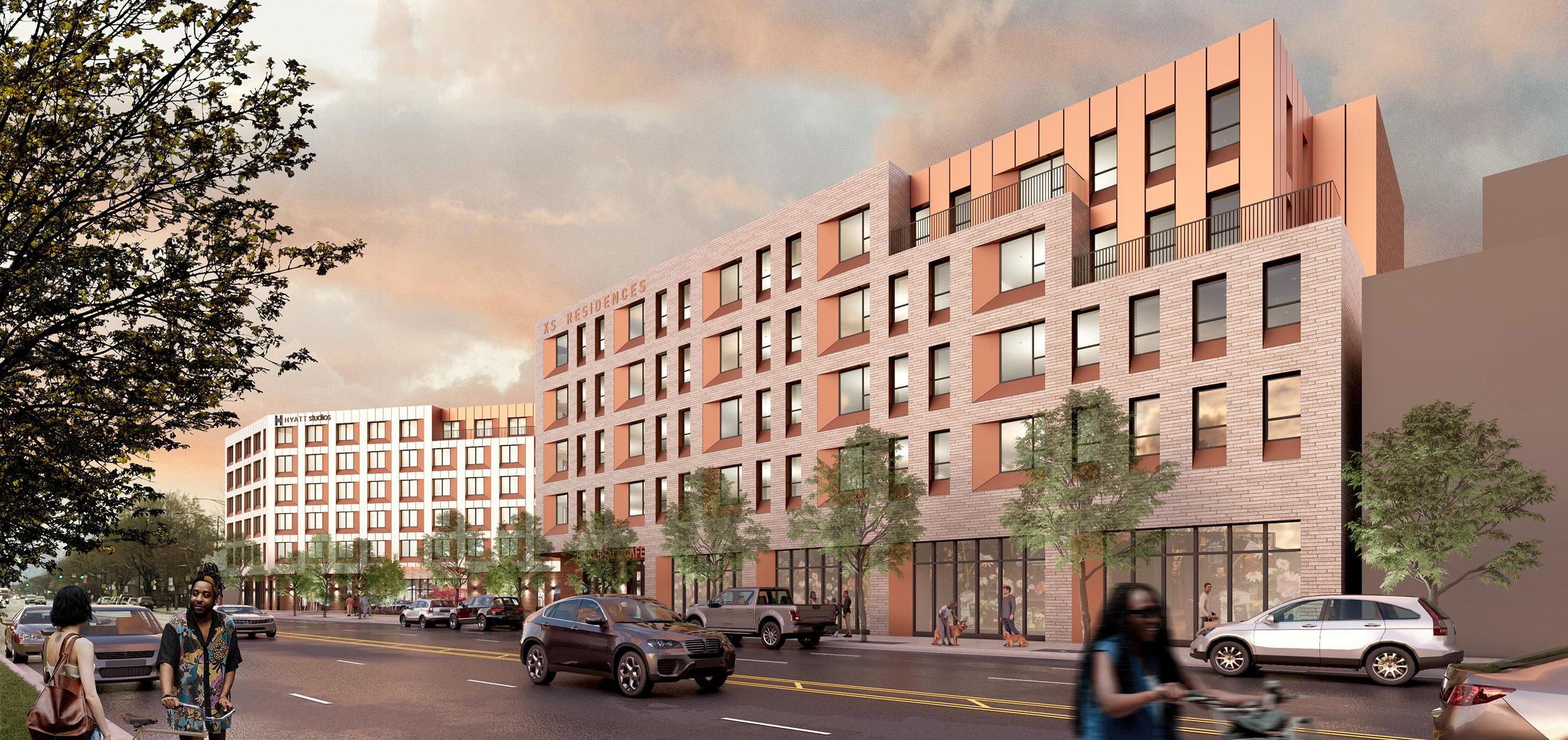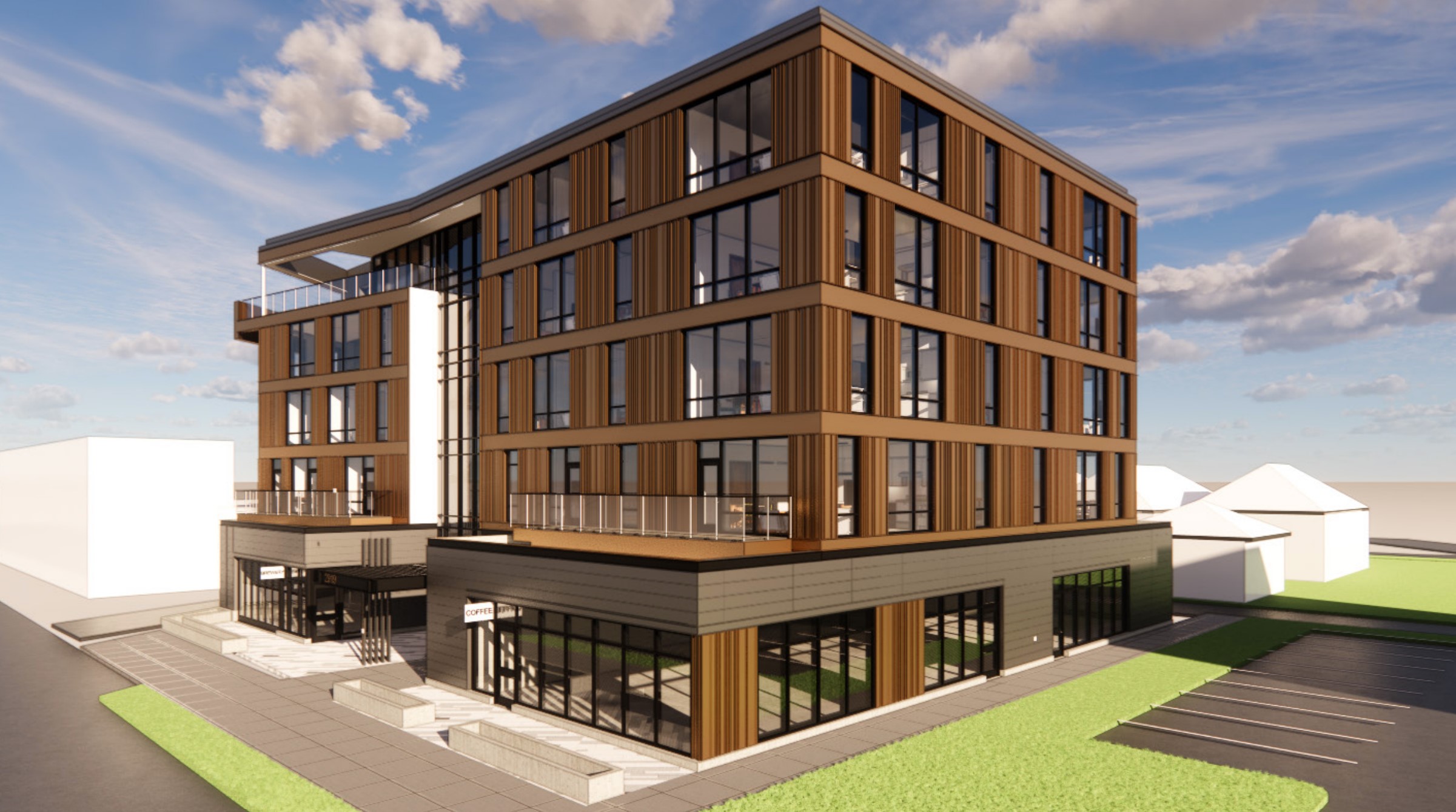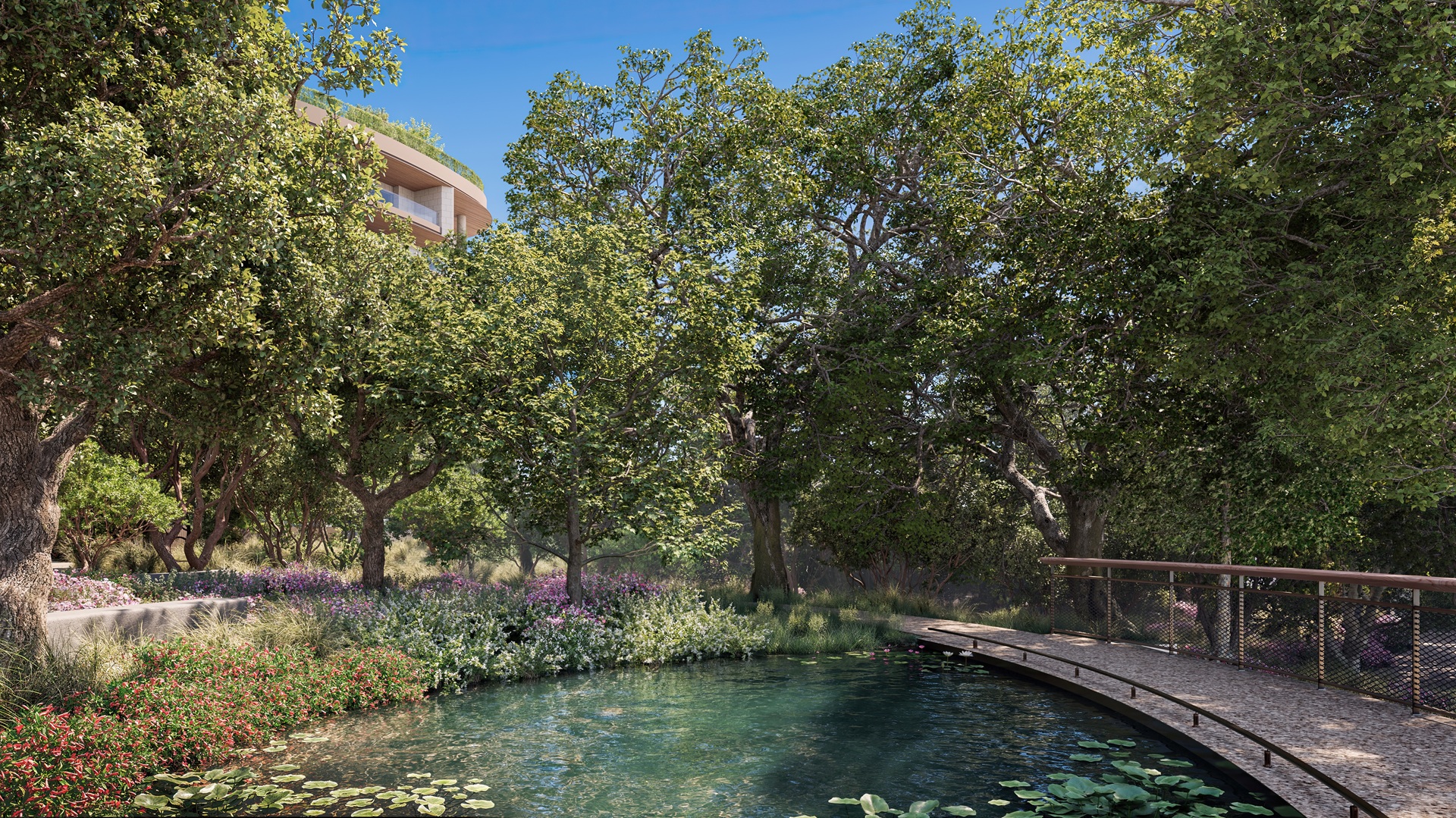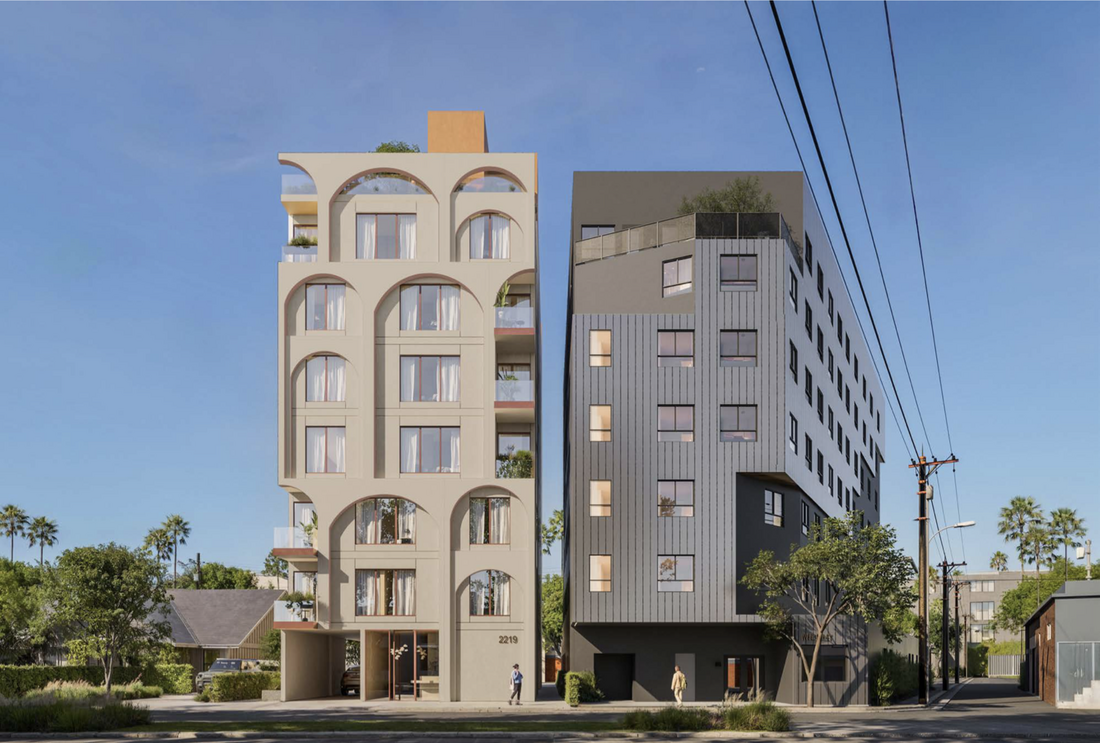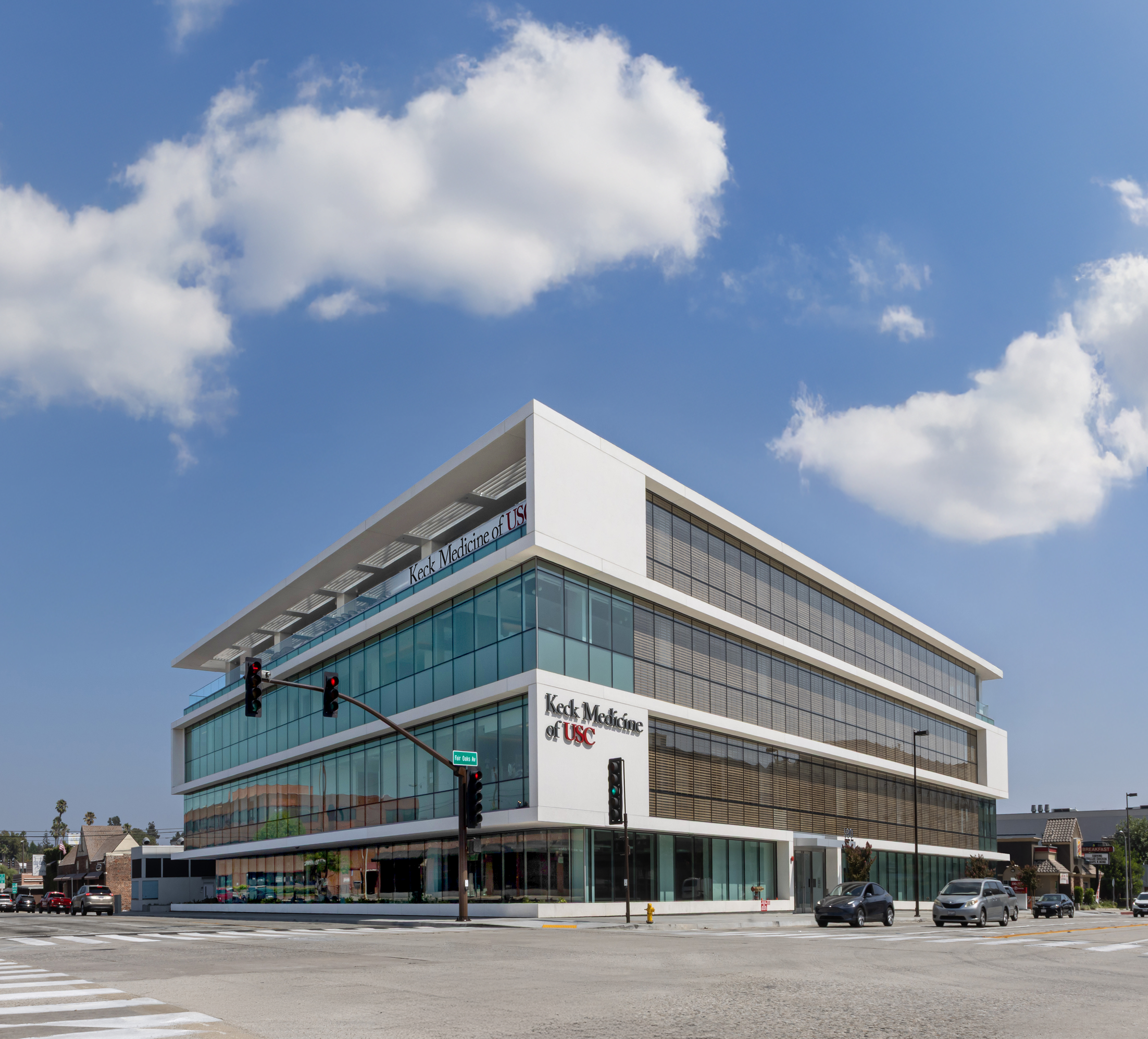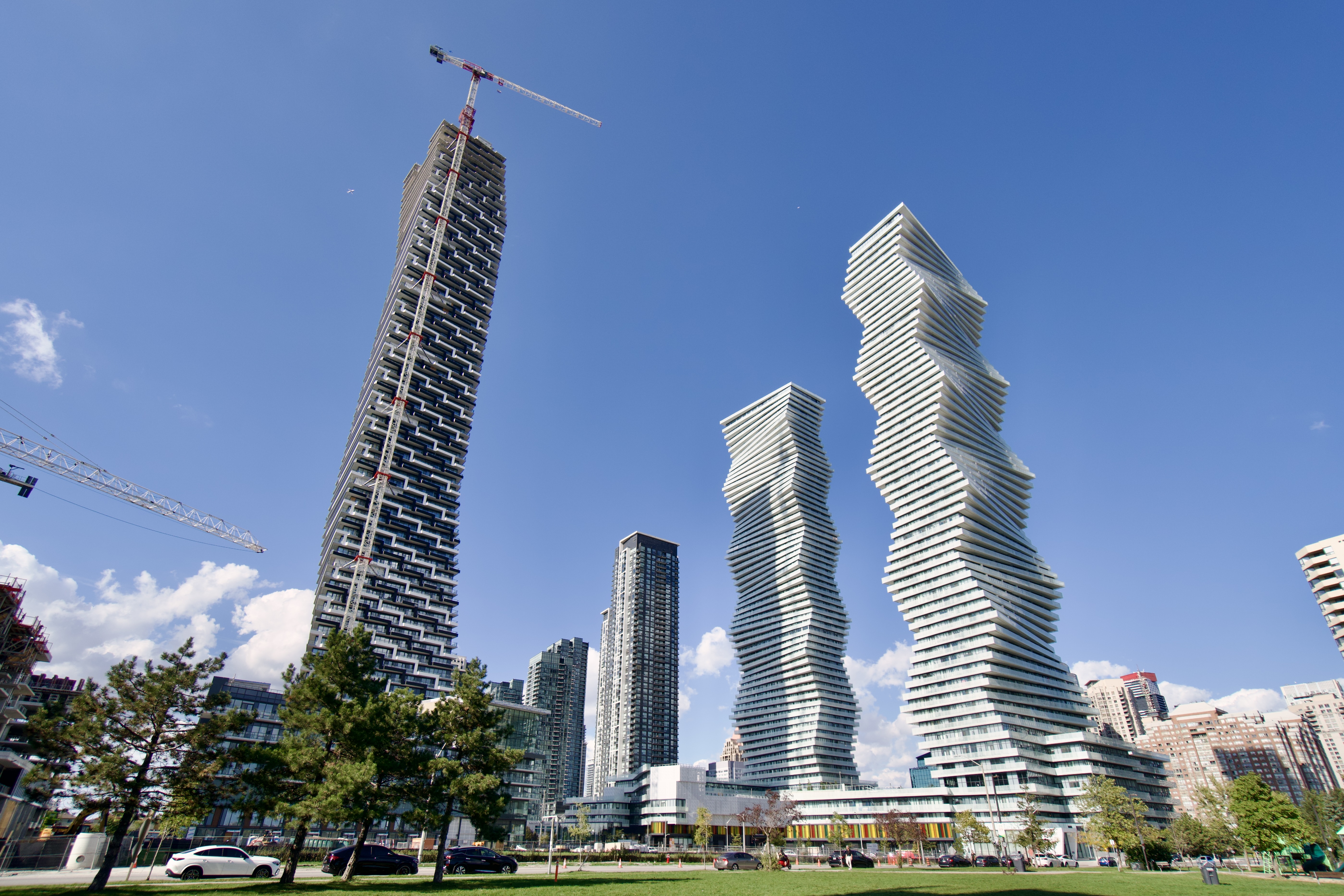Your City. Your Market. Your Next Deal.Stay up to date on national urban real estate |
|
📅 Today's Story: A Texas A&M University study finds that vacant, paved, or abandoned lots in Houston can raise nearby surface temperatures by as much as 20 degrees Fahrenheit—putting residents, commuters, and infrastructure at risk.
ENVIRONMENT
Vacant Lots & Abandoned Buildings Heat Up Houston |
|

Heat maps of a commercial neighborhood with paved lots and a residential neighborhood with trees and green space (Texas A&M University)
📰 What Happened: Researchers at Texas A&M analyzed surface temperatures across Houston and found a strong correlation between heat and vacant or abandoned urban land. While green lots help reduce surrounding temperatures, concrete or asphalt lots and derelict buildings worsen heat island effects.
🔍 A Closer Look: With limited shade or tree canopy, people walking, biking, or waiting for transit in Houston face elevated risks of heat-related illness. Notably, Houston has around 45,000 acres of vacant land and 10,000 acres of abandoned buildings. Rising temperatures also strain power grids as households spend more on cooling, adding to energy burdens.
🧠 Why It Matters: As one of the nation’s hottest cities, Houston’s land use policies are now in the spotlight. Green infrastructure—including trees, parks, and permeable surfaces—is crucial for urban cooling. For city planners, developers, and civic leaders, this could be an opportunity to turn disused land into climate-resilient assets.
| DowntownSouth Downtown's first Smorgasburg to overtake parking lot next week“Giant weekly outdoor food festival” has been a hit from Los Angeles to Brooklyn. Will ATL follow suit? |
| Avondale EstatesIn downtown Avondale Estates, whopping 800 new homes are comingLong-planned $350M site redevelopment is adjacent to Tudor-style commercial village |
| Washington ParkCity Council approves two-building development at 5301 S. StateThe five- and six-story buildings will have 51 units and 125 hotel keys |
| Albany ParkFull building permit issued for Lawrence GatewayThe mixed-use development will rise at 2919 W. Lawrence |
| Beverly HillsBeverly Hills rolls out plans for botanical gardens and first retail tenantsThe first components of the $10-billion project are set to open in 2027 |
| SawtelleEight-story, 42-unit development planned at 2219 S. Wellsely AvenueAnother infill development near Expo/Bundy Station in Sawtelle |
| PasadenaUSC medical offices open at 590 N. Fair Oaks Ave. in PasadenaAcross the street from Huntington Hospital |
| M3 tops out as Mississauga’s new tallest skyscraperThe 81 storey residential tower is now Canada’s tallest building outside Toronto. |


